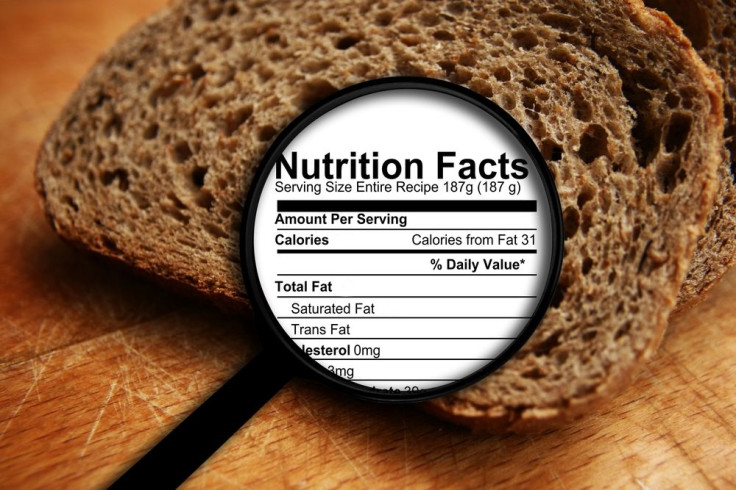Blood Pressure-Friendly Diet: Potassium Can Help Improve Blood Pressure, While Salt Has No Effect

Both children and adults require essential nutrients, such as protein, carbs, fats, vitamins, and minerals from their diet. However, the amount of nutrients a person needs tends to vary by age. A recent study conducted at the Boston University School of Medicine has found that consuming at least 2,400 milligrams (mg) of potassium per day can improve blood pressure readings during adolescence, while salt intake of 3,000mg per day or more has no effect on blood pressure.
"This prospective study showed that black and white adolescent girls who consumed more dietary potassium had lower BPs [blood pressures] in later adolescence," the research team said in a statement. "In contrast, the data indicated no overall effect of sodium intake alone on BP, and, thus do not support the call for a global reduction in sodium intake among children and adolescents."
Lynn L. Moore, associate professor of Medicine at BUMC, and her colleagues gathered data using the National Heart, Lung and Blood Institute’s Growth and Health Study, which included 2,185 black and white girls between the ages of 9 and 10, who were followed up for 10 years. Researchers set out to determine what long-term effects dietary sodium and potassium have on our blood pressure during the tail end of our adolescent years.
Using self-reported eating habits and annual blood pressure readings, the research team found that girls who consumed 2,400mg of potassium per day or more recorded lower systolic and diastolic blood pressure readings during the end of their adolescent years compared to girls who consumed less potassium. Surprisingly, findings revealed no evidence that sodium intake between 3,000 to 4,000mg per day had any adverse effect on blood pressure readings during late adolescence.
"This study emphasizes the need to develop methods for estimating salt sensitivity to be used in future studies of high-risk populations and points to the potential health risks associated with the existing low dietary potassium intakes among U.S. children and adolescents," the researchers added.
Study participants who consumed the most sodium and potassium also consumed the most calories, dairy products, fruit, vegetables, and fiber. Results from this new study challenge the most recent 2010 Dietary Guidelines for Americans for anyone between 2 and 50 years old, which limits their sodium intake to less than 2,300mg per day.
According to the American Heart Association, most Americans consume around 3,400mg of sodium each day, which is more than twice as much as the AHA’s recommendation of 1,500mg. Previous research has shown that with certain people sodium increases blood pressure by retaining excess fluid in the body, which puts more stress on the heart.
Source: Buendia J, Bradlee M, Daniels S, Singer M, Moore L, et al. Longitudinal Effects of Dietary Sodium and Potassium on Blood Pressure in Adolescent Girls. JAMA Pediatrics. 2015.



























